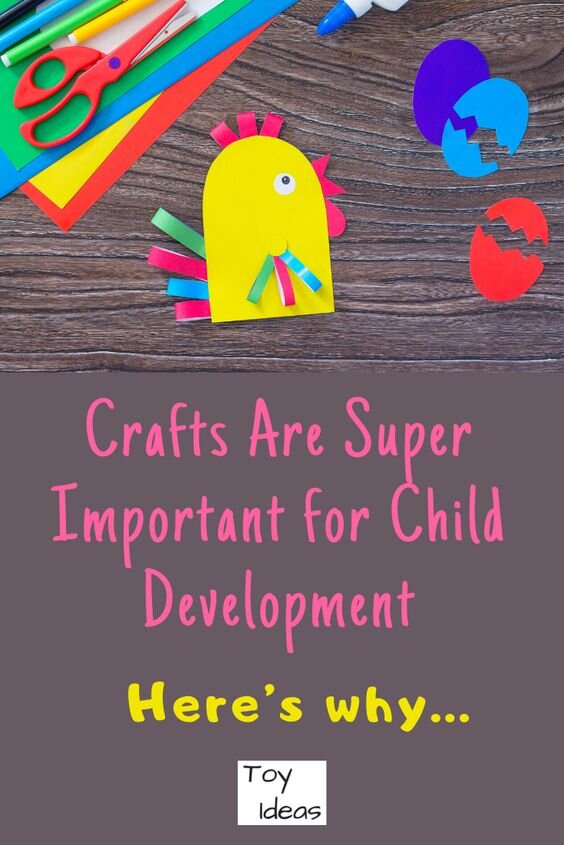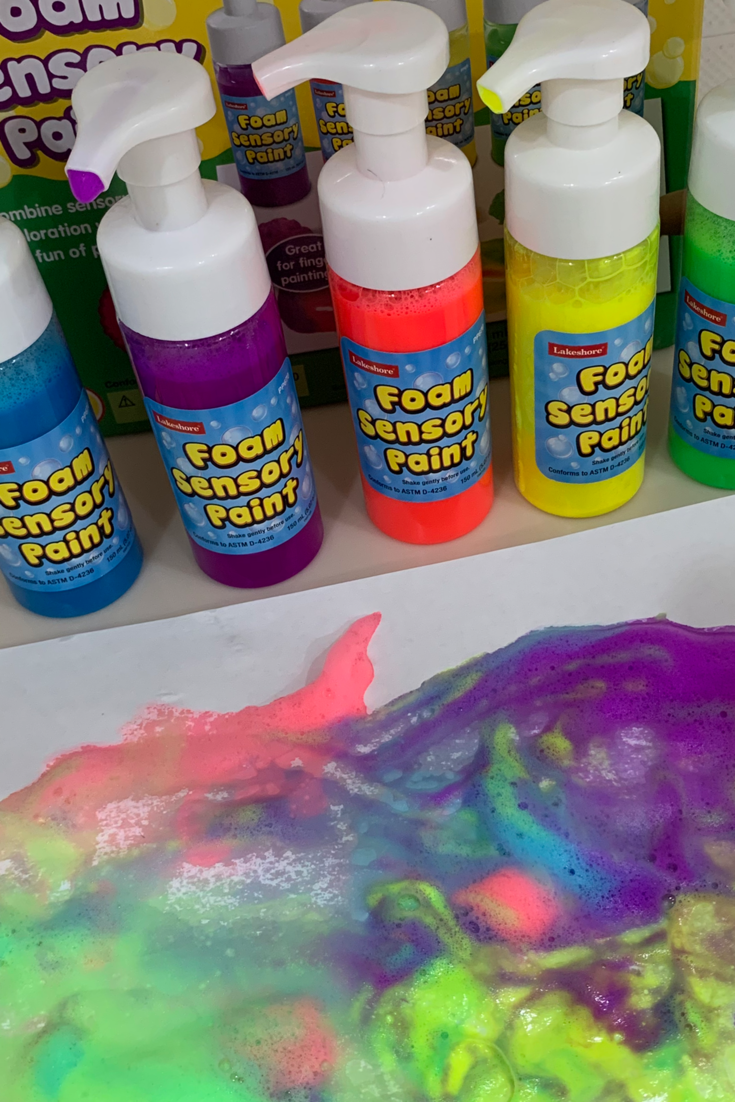It may come as no surprise that arts and crafts play a major role in early childhood education. From cards for Mother’s Day, to hand turkeys for Thanksgiving, children spend a lot of time crafting and creating works of art. What we may not realize is that besides being fun and entertaining, arts and crafts help build important developmental skills that are vital for life and learning.
Here are just a few ways in which creating arts and craft projects using art supplies help children learn.
1) Cognitive Development
Craft activities provide children opportunities to learn about colors, shapes, patterns, and numbers. Children choose the colors to use, shapes to cut out, and patterns to create. They also practice counting the number of pieces they have versus the ones they need. These are all components of the problem-solving and decision-making process. While creating works of art, children start thinking about size comparisons, spatial relations, and directionality. Children make choices such as where an image should go, which size pieces to use, and where everything should be placed in relation to each other. Structured arts and crafts activities provide children with an opportunity to practice processing and following multi-step directions, sustain attention and control impulses. Unstructured craft activities are equally beneficial, providing children with an opportunity to be autonomous, use their imaginations, explore,and be creative.
2) Motor and Coordination Development
Arts and crafts promote the development of fine motor skills, which refer to the ability to utilize small muscle in the hands to manipulate small objects, i.e., crayons, pencils, buttons, and eating utensils. During arts and craft activities, children naturally manipulate multiple objects in their hands, working on their in-hand manipulation skills. In-hand manipulation skills are the ability to have enough stability and control in one hand to hold and manipulate small objects without dropping them, i.e., bringing coins from palm to fingertips to place into a piggy bank.
During craft activities, children practice pinching, poking holes, and counting, encouraging finger isolation. Finger isolation is necessary for more complex tasks such as grasping a pencil. Craft activities also promote the development of bilateral coordination, which is the ability to coordinate both sides of the body. These skills are reinforced during art activities while holding scissors with one hand stabilizing paper with the other, unsticking stickers, stringing beads, and fastening buttons. Eye-hand coordination is the ability to coordinate eye and hand movement to complete a task. We need and use eye-hand coordination regularly in our daily lives, i.e., cutting, drawing, writing, catching and throwing. Arts and craft activities provide children with the necessary practice to improve these skills.
3) Social Emotional Development
When kids are engaged in craft activities with their peers and/or adults, they learn to take turns, share, work with others, and communicate effectively. Asking for and waiting to use the glue or the scissors are essential skills for children to learn. Art making and crafting are a natural time for them practice and develop these social skills. Kids also learn patience, effort, and grit as projects don’t often work out the way we envision from the first time, and often require a few tries to perfect. All this contributes to building friendships and a healthy self-esteem.
Using diverse and innovative art supplies is an important part in engaging and motivating children to create art. Supplies that can be manipulated in multiple ways promote imagination and allow for natural exploration for children.


